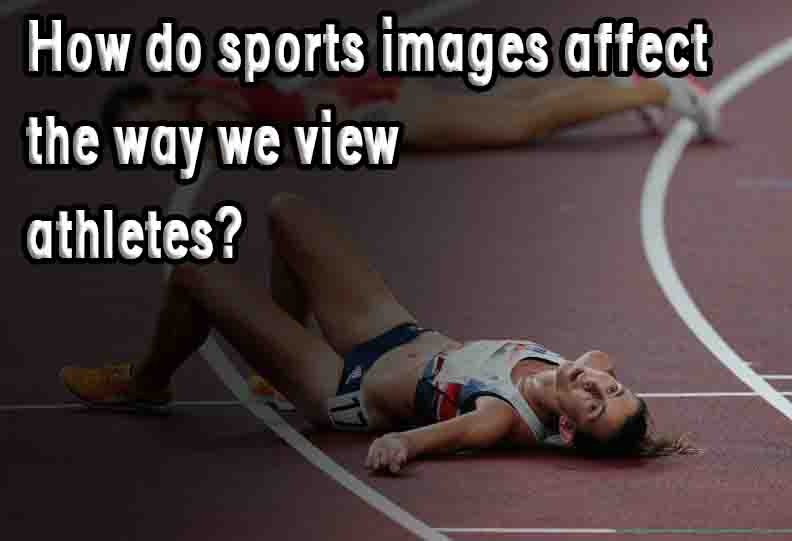In recent years, there has been an increased focus on the way athletes are portrayed in the media. How do sports images affect the way we view athletes? Do we see them as role models or as super-human beings? These are important questions to consider when looking at the impact of sports images on society.
Table of Contents
how we view athletes
In a society that is fixated on winning and being the best, it is no surprise that we view athletes as people who are above the rest of us. We see them as superhuman beings who are able to do things that we could never even dream of doing. This is because we have forgotten what it means to be an athlete.
An athlete is someone who displays physical prowess and skill in their chosen sport. They have worked hard to hone their craft and become the best that they can be. An athlete does not just rely on natural ability, but puts in the hours of training and practice to be the best.
We should view athletes as role models, because they show us what is possible if we set our minds to it and work hard. They remind us that success does not come easy, but requires dedication and determination.
The history of sports images
Most people think of sports images as being recent history. However, the first sports images date back to the early 1800s. The earliest known sports image is an engraving of a boxing match from 1822. This image was created using a new printing process called lithography. Lithography allowed for greater detail and accuracy than previous printing methods.
The advent of photography in the mid-1800s revolutionized sports imagery. No longer were images limited to what an artist could drawn by hand. Now, photographers could capture moments of action as they happened. This resulted in a whole new genre of sports photography.
Today, with the advent of digital technology, anyone can be a sports photographer. There are now many online photo editor that allow users to create professional-looking images without expensive equipment or training.
The effects of sports images
Media images of athletes have a significant impact on how the public perceives them. These images can lead to false assumptions and stereotypes about athletes, which can further influence how people think about and treat them.
One of the most common misconceptions about athletes is that they are all wealthy. This is often perpetuated by the media, which tends to focus on professional athletes who make millions of dollars per year. While it is true that some athletes are very well-paid, many others earn a modest income or even live below the poverty line.
Another stereotype that is often perpetuated by the media is that all athletes are physically fit and healthy. While it is true that many athletes are in excellent shape, there are also many who suffer from injuries or health conditions that prevent them from competing at their best.
The impact of social media
In recent years, social media has had a profound impact on the world of sports. From athletes connecting with fans to teams using social media to engage with their supporters, the role of social media in sports has grown exponentially.
For athletes, social media provides a platform to connect with fans in a way that was not possible before. Through Twitter, Facebook, and Instagram, athletes can share their thoughts and feelings about their sport with millions of people around the world. In some cases, this connection can even lead to increased sponsorship opportunities.
Teams have also been quick to embrace social media as a way to connect with their fans. By posting news updates, behind-the-scenes photos, and player interviews on their official social media accounts, teams are able to give fans a unique insight into the inner workings of their organization.
Conclusion: how sports images affect the way we view athletes
When it comes to sports, the images we see of athletes can have a profound impact on the way we view them. After all, these images are often what we see first and they can shape our initial impressions.
For example, if we see a picture of an athlete who is looking strong and powerful, we may be more likely to view them as a competent and capable player. On the other hand, if we see a picture of an athlete who looks tired or injured, we may be more likely to view them as someone who is struggling or not at their best.
Ultimately, the images we see of athletes can have a significant impact on the way we perceive them. So it’s important to be mindful of the messages that these images are sending.

